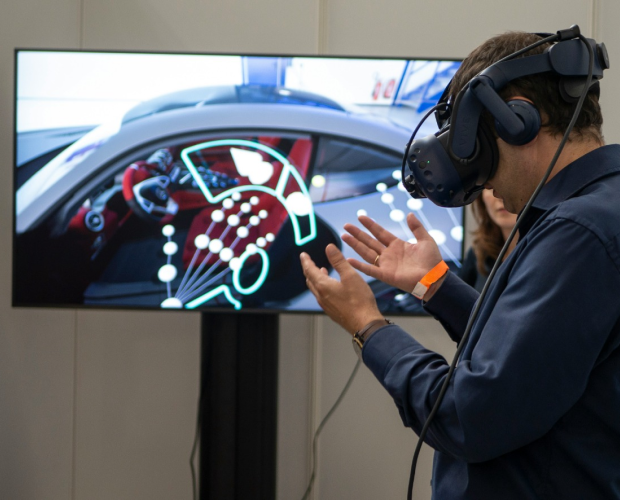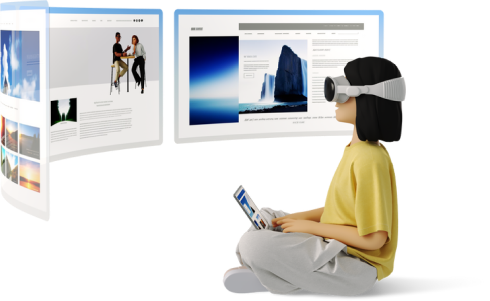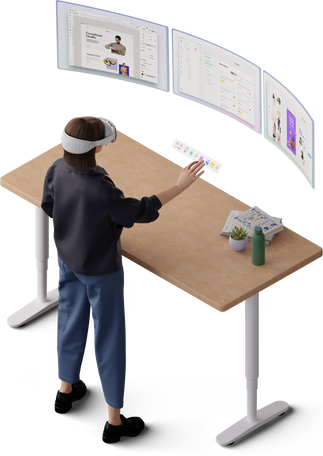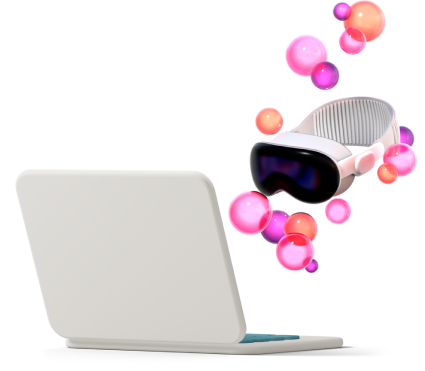Seamless human-machine interaction through our innovative Human-Machine Control Transfer App on Microsoft HoloLens 1, enhancing communication and coordination between humans and machines.



Our app facilitated the transfer of control between human operators and machines, ensuring smooth transitions and reducing response times in critical situations. By providing real-time notifications for robot malfunctions, such as low battery levels or navigation issues, it allowed users to intervene promptly and address potential issues effectively.
The app's ability to deliver real-time notifications regarding robot status updates was instrumental in maintaining operational continuity and preventing downtime due to technical failures. Users could receive alerts directly through their HoloLens devices, enabling proactive decision-making and swift actions.
Through spatial mapping technology integrated into the app, users were guided to the location of malfunctioning robots with visual cues like arrows on the floor. Additionally, step-by-step instructions were provided on how to resolve identified issues, empowering users with clear guidance for troubleshooting and problem resolution.
As the leading VR platform in this project, HTC Vive provided users with an immersive experience characterized by high-fidelity visuals and responsive controls.
As the core development platform for creating immersive experiences, Unity 3D enabled us to design an intuitive user interface and seamless interaction mechanisms within the application.

As the core development platform for creating immersive experiences, Unity 3D enabled us to design an intuitive user interface and seamless interaction mechanisms within the application.
Our expertise in VR development played a pivotal role in bringing the client's vision to life, ensuring that each element contributed
to an unforgettable
user journey.
